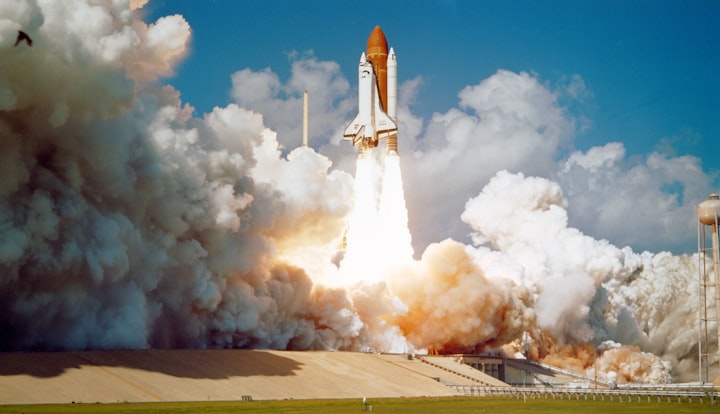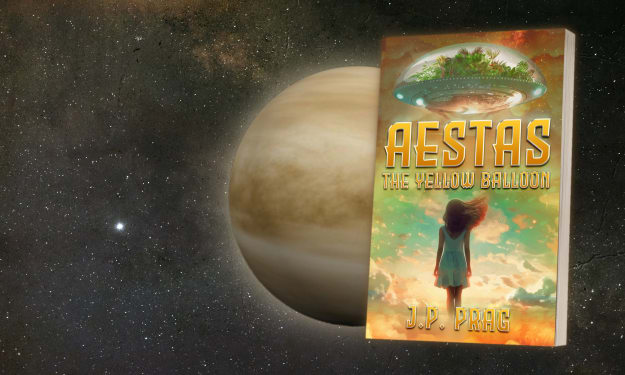Before boarding your rocket to Mars, remember to pack these items
news
Elon Musk is about to launch his most powerful rocket ever, the Falcon Heavy, into space.
The rocket is the most powerful in the world, and if successful, it will propel Musk's Tesla Roadster on a journey to Mars orbit.
Musk also designed the car to have a dummy dubbed "Starman" riding in the driver's seat, with a copy of Isaac Asimov's I, Robot in the passenger seat.
It may seem like rocket science, but you should at least have these things at the ready when you head to space, because you never know when you might end up there:
A small carry-on bag, like this one from TSA-approved luggage startup Tumi
Condoms
A couple of towels
A face mask
A glass of water
Mood ring
Toothbrush and toothpaste
Hat
Paper
Books (to take on the journey)
Flash drive
Two miniaturized Apple computers with Siri, Apple Maps, and an internet connection, that will be called "Boy Genius Button" and "World" respectively.
And finally, Elon Musk's original Tesla Roadster, with the dummy "Starman."
Here's what the rocket is carrying up to space.
Elon Musk's Tesla Roadster is riding with the rocket up into space.
Musk originally planned to launch the car on a Falcon Heavy rocket with the dummy "Starman" in the driver's seat. But on February 6, when SpaceX was about to launch the rocket, a problem arose with the Falcon Heavy's second stage, which is the portion of the rocket that is supposed to propel the car into space.
The rocket went into an emergency landing, but now, thanks to an act of incredible engineering, the car is riding to space on top of the rocket — albeit inside of an airbag, so it won't be blown out of the rocket's path by any force.
Musk originally had intended to send the car into space in a so-called dummy payload, with the intention of parking the car in orbit around the sun. However, SpaceX has decided to keep the dummy payload in the rocket's second stage, so that "Starman" will be floating in space as the rocket travels to Mars.
The dummy payload was Musk's idea, and it's part of a long tradition of celebrities riding into space in various objects.
Musk's next-generation SpaceX rocket is bigger than any other launch vehicle in history.
On February 6, Musk revealed the new version of his Falcon Heavy rocket, and he used a key phrase to describe it: "Game changer."
The Falcon Heavy is a new and improved version of the company's Falcon 9 rocket, which has been flying successfully for years. The Falcon Heavy has a bigger payload capacity, at around 140,000 pounds, and it's more powerful than any rocket ever built.
The Falcon Heavy will launch out of a launch pad at NASA's Kennedy Space Center in Florida. The rocket will carry Musk's cherry red Tesla Roadster on an elliptical journey around the sun, with the dummy "Starman" in the driver's seat.
Musk says the car will have enough air to last "about six months" before the car's fuel runs out.
While the car is soaring through space, "Starman" will be enjoying the view of the solar system.
The Tesla Roadster was initially going to be a "laboratory for putting a car in orbit around the sun," Musk said. But as more time has passed, Musk decided to add the dummy "Starman" into the driver's seat, and send the car toward a distant, uncharted corner of space.
In the meantime, you can read more about the Roadster's journey in the video below, and check out the artist's rendering of the car's journey here.
Fortunately, you'll get the opportunity to witness SpaceX's next launch with a SpaceX-approved companion, courtesy of another company.
NASA's Lunar Reconnaissance Orbiter will attempt to catch a view of the Falcon Heavy rocket launch by turning its cameras toward the rocket's dramatic flight path. The goal is to provide scientists with new images of the Falcon Heavy, as well as areas surrounding the rocket, in a bid to understand the rocket's design, the environment it will travel through, and the Moon's distance from Earth.
The mission will be livestreamed on NASA TV starting at 2:30 p.m. EST (11:30 a.m. PST) on Tuesday, February 6.
About the Creator
umer ali
You Might Learn A thing or two here







Comments
There are no comments for this story
Be the first to respond and start the conversation.